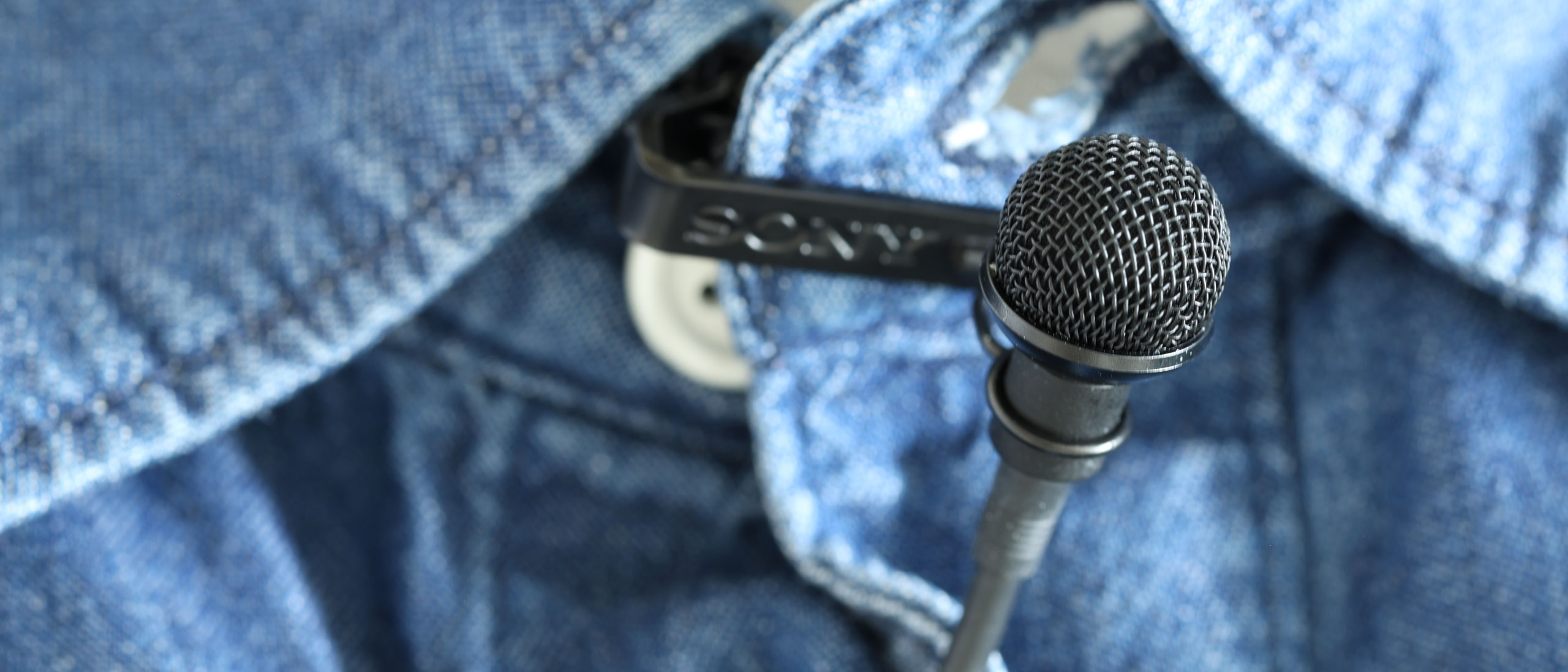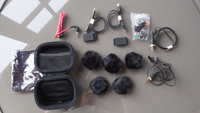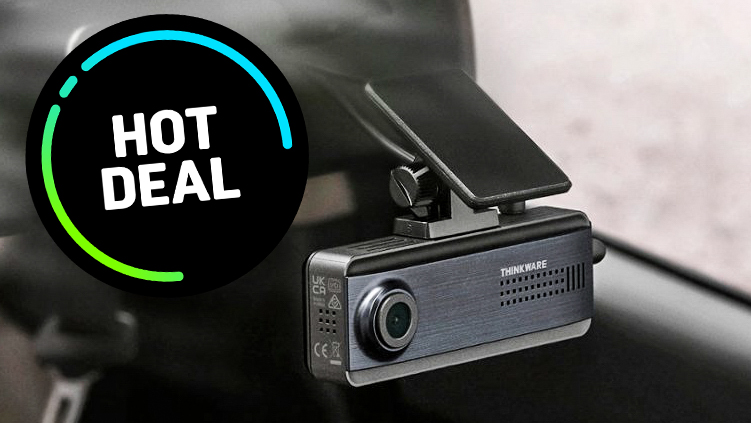Digital Camera World Verdict
There is no problem with the Sony ECM-L1’s performance. It really is very good indeed. The problem, for the general vlogging/creator market is surely going to be the price. Lavalier microphones are typically seen as inexpensive add-ons, cheap and easy solutions for voice recording and a sometimes useful add-on for wireless mic systems. But the Sony ECM-L1 on its own costs more than many complete wireless setups which have a pair of lav mics included. You’ve got to place a high value on lav mics as a type and audio quality specifically for the ECM-L1 to make sense.
Pros
- +
Excellent audio quality
- +
Neat, fuss-free design
- +
Simple plug-in usability (like any lav mic)
- +
Two wind screens and a pouch included
Cons
- -
A high-end mic with a high-end price
Why you can trust Digital Camera World
The Sony ECM-M1 is a clip-on lavalier or ‘lapel’ mic of a type used by interviewers and presenters everywhere. It’s a tiny wearable microphone capsule that connects by wire either directly to the camera or recording device, or to a wireless transmitter carried in a back pocket, maybe. It’s a simple, uncomplicated type of microphone, and the Sony ECM-LV1 Stereo Lavalier Microphone works on the same principle as any other. The main difference is the price, which is at the upper end of the scale for even the best lavalier microphones.
The selling point for the ECM-M1 is its audio quality. It uses an ECM-77 series “industry-lauded” capsule (Sony’s description) that’s widely used in the professional recording world. There are much cheaper lavalier mics than this one, and you'll find several in our guide to the best budget microphones, but the ECM-M1 is designed for quality not cheapness.
It does, however, work just like any other plug-in lavalier microphone. It connects by cable to a regular 3.5mm analog input jack, as used by cameras and a host other recording devices, and draws its power from the recording device. Again, this is standard practice. Unlike Sony’s digital mics, this one is generic – it doesn’t require a camera with the Sony digital interface.
Sony ECM-L1: Specifications

| Type | wired lavalier (lapel) mic |
| Connection | 3.5mm analog, plug-in power |
| Pickup pattern | omnidirectional |
| Frequency response | 20 Hz to 20 000 Hz |
| Dimensions | 5.6 x 11.8mm (mic only) |
| Weight | 17.7g (inc cable and plug) |
Sony ECM-L1: Price and availability
The Sony ECM-L1 is expected to become available in late October 2024 and to cost around $279 / £259. That’s not a lot of money in the world of high-end audio, but it will be a bit of a shock to the system for anyone used to getting lav mics free with wireless mic kits, or as relatively cheap accessories for occasional use.
Sony ECM-L1: Design and handling

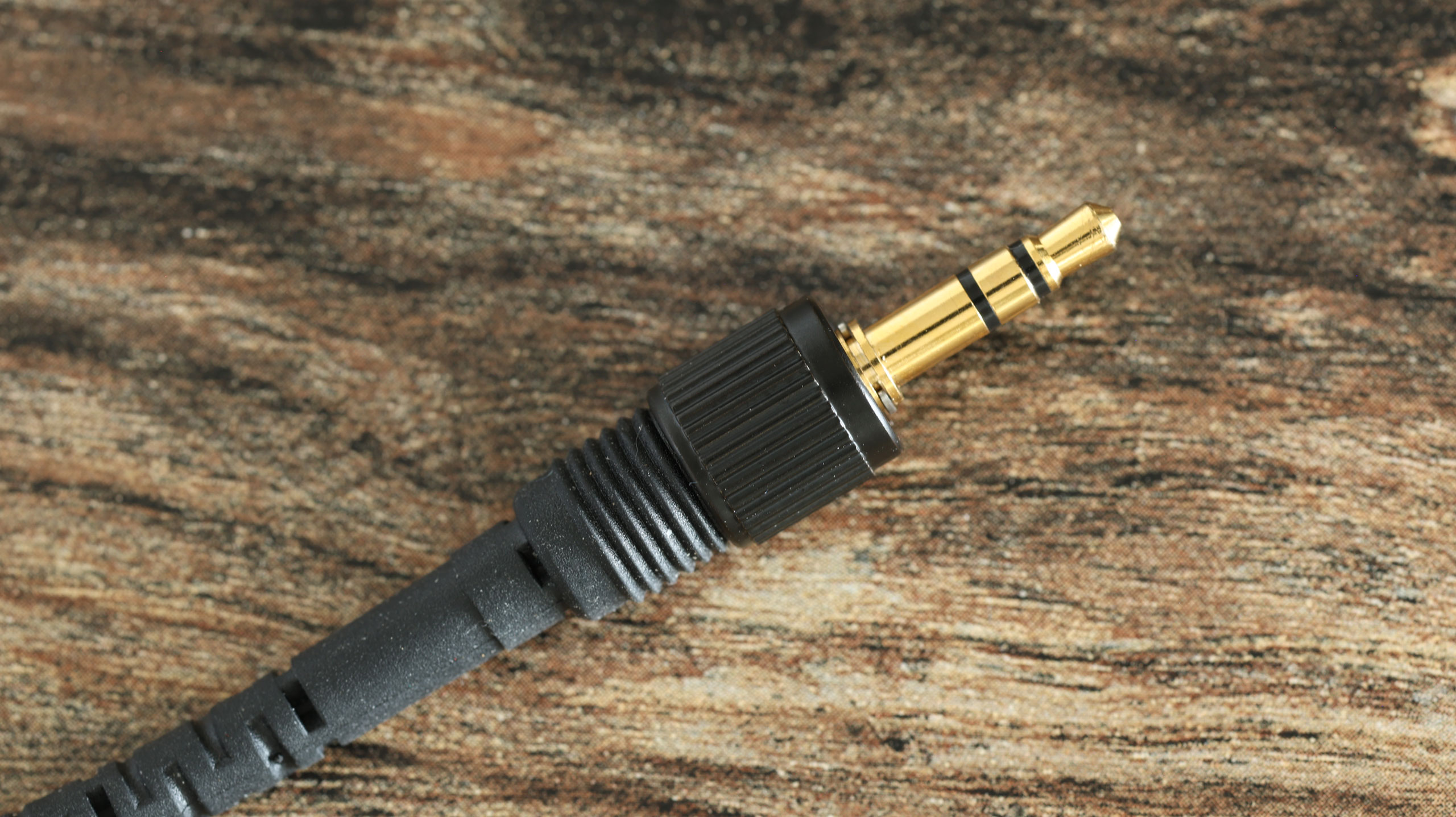
The ECM-L1 is simple to use. The mic clip is uncomplicated, unlike the effective but fiddly cable looping on a RODE clip, for example, and the small metal wind shield is very neat and inconspicuous – you can swap this for a larger ‘furry’ wind shield for outdoor use.
The mic is connected via a 2-core shielded cable that uses OFC (Oxygen-Free Copper) cabling to reduce transmission losses, and the 2.2mm diameter gives the cable a more durable feel than the wires on cheaper lav mics.
At the end of the cable is a regular 3.5mm analog audio jack, but the plug has a locking ring for more secure attachment to devices that are compatible with this mechanism. You don’t need to use this, as the plug just goes straight in anyway.
Sony ECM-L1: Performance
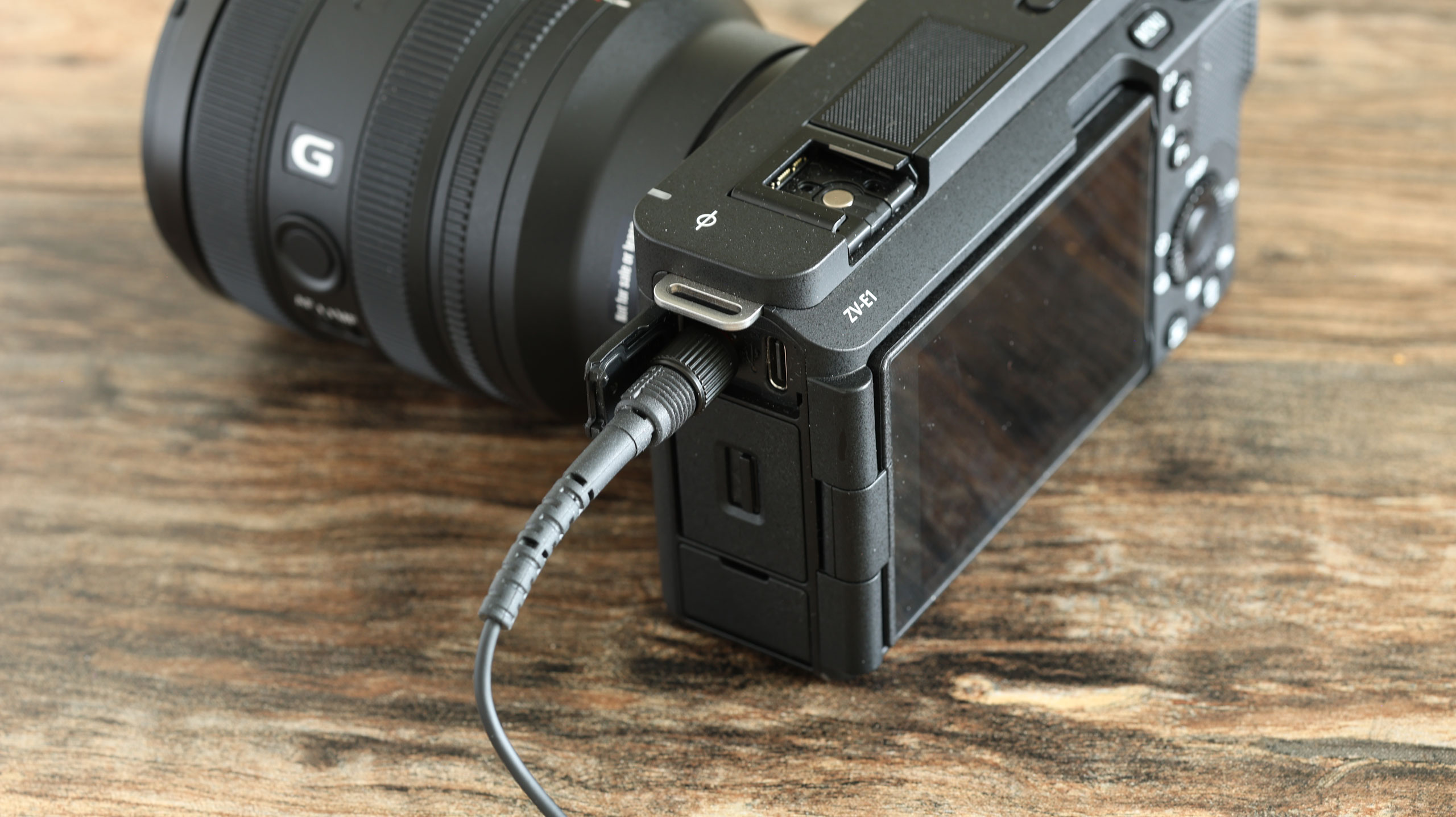
The ECM-M1 has a ceramic back plate which, Sony says, offers rigidity, excellent damping, superior acoustic properties and electrical stability. It also has a machined brass casing to suppress unwanted resonance and ensure clarity.
The audio quality is excellent. I tested it side by side against a RODE Lavalier II, which sell separately for $99 / £89, so it’s a cheaper alternative but still a serious microphone. On its own, the RODE sounded fine, but when I listened to the Sony’s recording it did seem a little cleaner, clearer and richer in the lower frequencies. The RODE mic sounded a little brighter in higher frequencies, which could be bad but could also be a good thing, depending on your speaker’s voice type. I have a fairly thick and muddy voice, so the RODE is actually a good match.
A lot depends on your recording environment, too. In a hard, ‘boomy’ environment, the ECM-M1 will struggle like any other lavalier microphone. It’s an omnidirectional capsule, so it picks up sound from all directions – lavalier mics work on the principle of proximity rather than directionality. Any carelessness or lack of skill in mic placement and audio levels can quickly wipe out any technical advantages of one over another.
Sony ECM-L1: Verdict
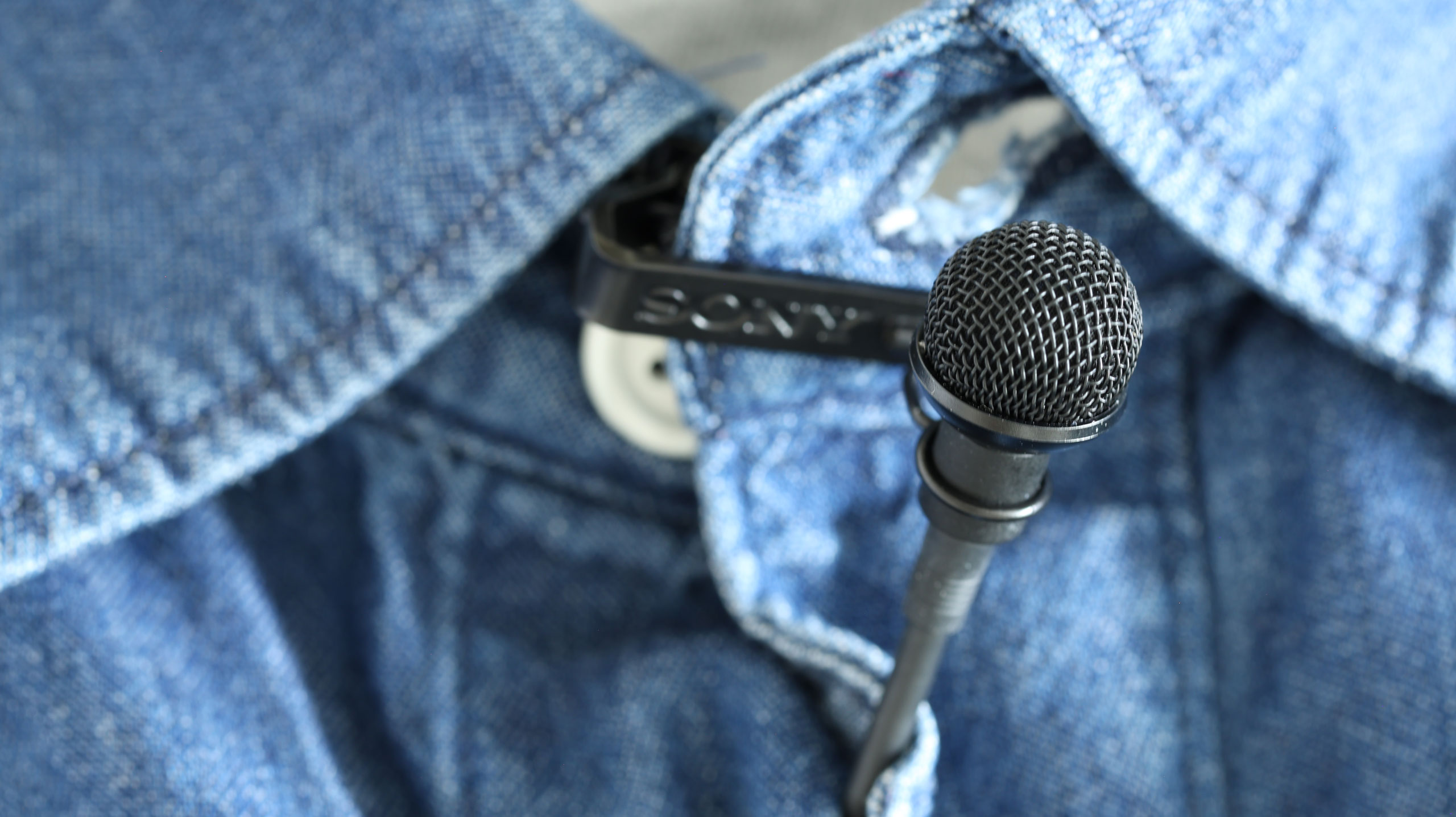
If lavalier mics are a key part of your recording setup, then it makes sense to buy a good one. You can’t just assume that one lav mic is just like another, because as with anything else you get what you pay for and, in my tests, I felt the ECM-1 sounded a little better overall than the cheaper RODE Lavalier – though not enough to make me, personally, pay the extra. The question is how often you need a lav mic, compared to a clip-on wireless transmitter, or a directional cardioid mic or a desktop pod mic. Do you use a lav mic often enough to justify the cost of this one? If you’re a professional filmmaker or creator and you or your clients have a fine ear for audio, then the Sony ECM-L1 could be a great buy. Otherwise, it’s an expensive alternative to much cheaper microphones that might do what you need perfectly well.
| Features | Everything you would expect from a lavalier mic, though no direct compatibility with Sony's digital audio interface | ★★★★ |
| Design | Hard to fault. Everything works as it should, the ECM-L1 is easy to set up and nicely made too | ★★★★★ |
| Performance | Excellent all-round performance – perhaps a little more high-frequency detail would be nice, but that's a matter of preference | ★★★★★ |
| Value | It's a very good microphone, but you're certainly paying for that quality when you might find a much cheaper mic is good enough | ★★ |
Should you buy the Sony ECM-L1?
✅ Buy this...
- If you find the audio quality of cheaper lav mics unsatisfactory. They can sound quite tinny and ‘thin’, though a lot depends on the placement and recording environment too
- If a lavalier mic is a central part of your recording setup, for example on-location interviews or presenting. If this is your main or only mic, it makes sense to get a good one
🚫 Don't buy this...
- If you don’t use lavalier mics very often. Depending on how you shoot, a lavalier mic may not be the best audio option, no matter how good it is
- Just because you have a Sony camera. Other 3.5mm analog lavalier mics will work just as well. They are a simple generic design, not specific to camera brands
Sony ECM-L1: Alternatives
If you want to stay on brand but don’t want to pay ECM-L1 money for a clip-on lavalier mic, take a look at the neat little Sony ECM-LV1 Stereo Lavalier Microphone in our guide to the best budget microphones. You shouldn’t expect the same level of audio quality, but it is dramatically cheaper and it’s still made by Sony.
For a more complete audio solution, check out the RODE Wireless Pro kit. It’s a little more expensive than the Sony ECM-L1, but it’s a complete solution not just a single mic. It comes with two transmitters and a receiver and two RODE Lavalier II mics, which can be used with the transmitters or plugged straight into a camera.

Rod is an independent photography journalist and editor, and a long-standing Digital Camera World contributor, having previously worked as DCW's Group Reviews editor. Before that he has been technique editor on N-Photo, Head of Testing for the photography division and Camera Channel editor on TechRadar, as well as contributing to many other publications. He has been writing about photography technique, photo editing and digital cameras since they first appeared, and before that began his career writing about film photography. He has used and reviewed practically every interchangeable lens camera launched in the past 20 years, from entry-level DSLRs to medium format cameras, together with lenses, tripods, gimbals, light meters, camera bags and more. Rod has his own camera gear blog at fotovolo.com but also writes about photo-editing applications and techniques at lifeafterphotoshop.com
